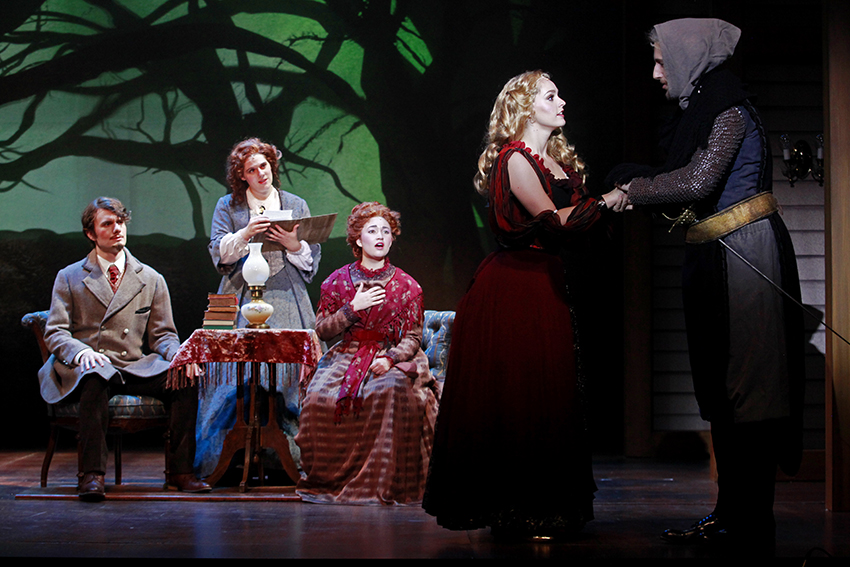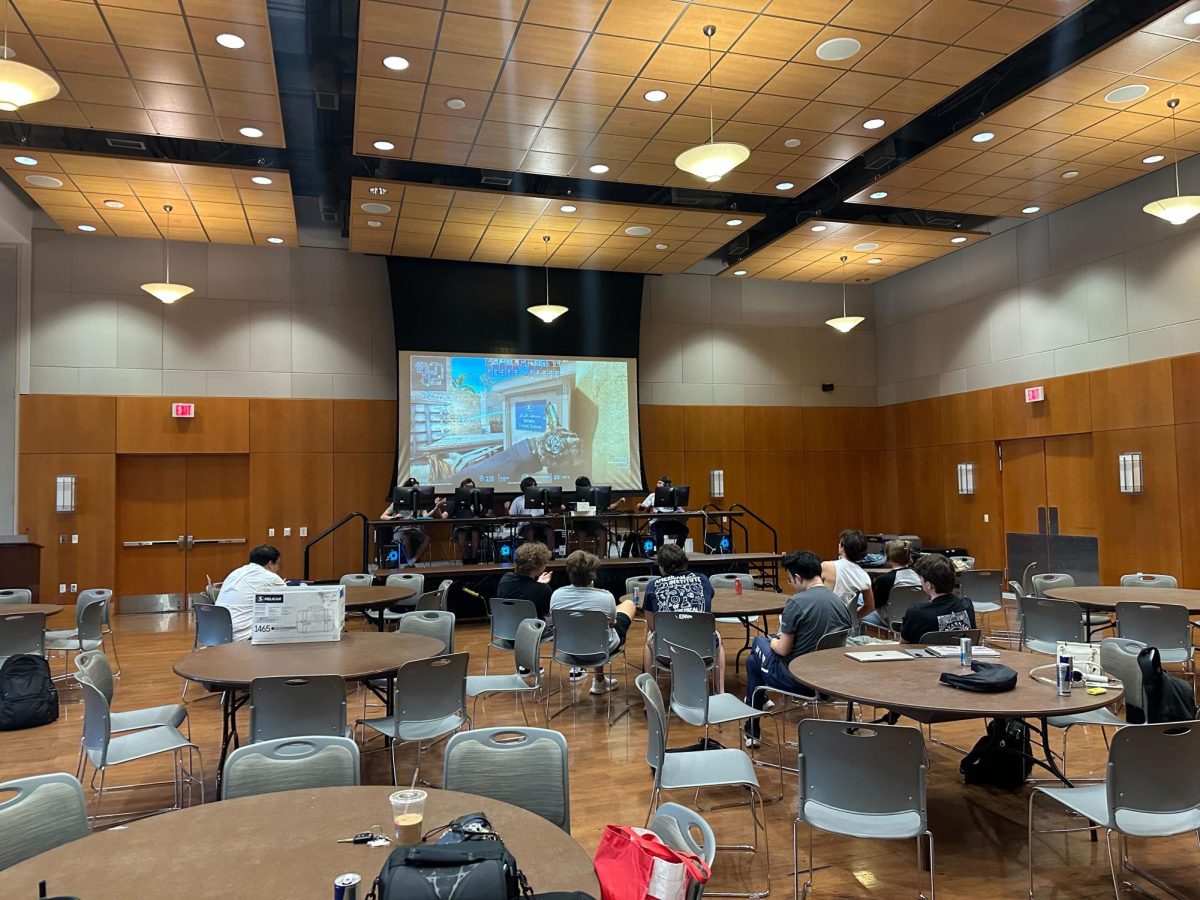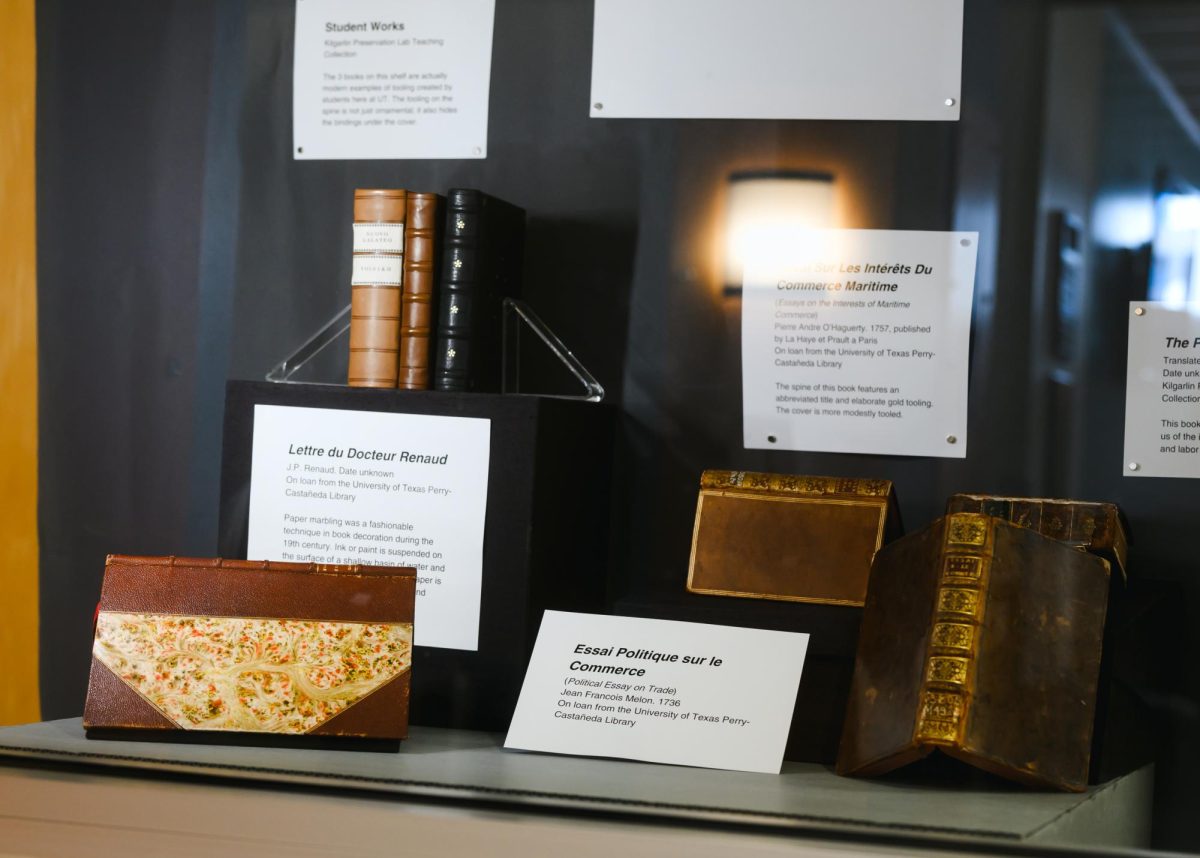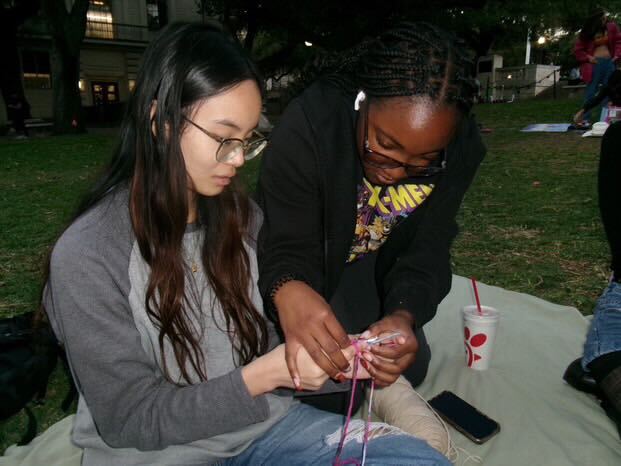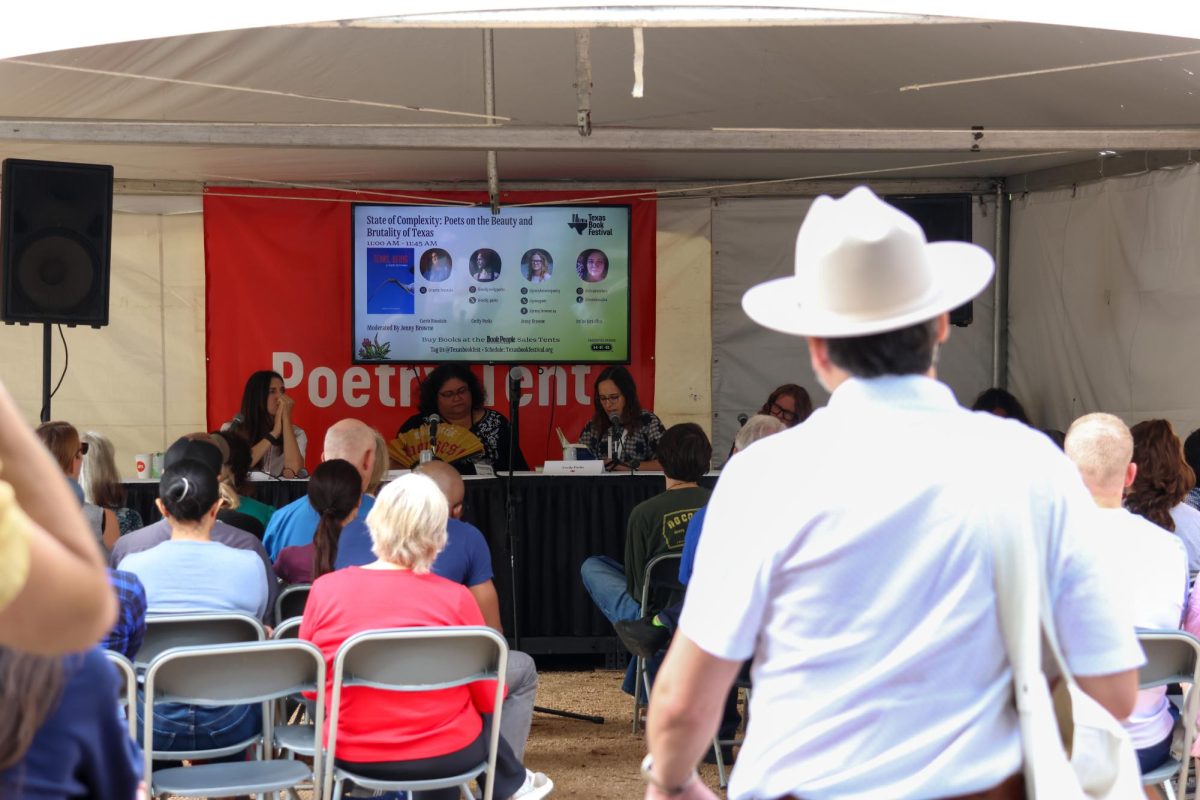Actors zip out of enormous Civil War era dresses, set pieces appear to magically slide onstage and projections materialize an eerie lightning storm approaching the audience. For one of the most intricate shows the theatre department has ever done, they turned to 21st century technology to solve the issues of a musical based in the 19th century.
On Nov. 2, the Department of Theatre and Dance will perform “Little Women the Musical” at the B. Iden Payne Theatre. The technical crew of the show, based in Civil War America, implemented contemporary technology to put on what director Melissa Maxwell said resembles a film masquerading as a musical.
“Little Women” is centered around Jo, an early feminist who doesn’t want to get married and instead wants to spend her life pursuing writing. Maxwell feels the show is about discovering one’s place in life.
“We grow up in a house with these people who are our family,” Maxwell said. “That defines who we are to a certain degree, and yet there’s a calling that we each have. There’s that voice that we listen to that tells us that we want to, in Jo’s words, ‘be astonishing.’”
Set design graduate student David Molina, along with 38 crew members, worked on creating nine different locations including a cramped attic space, a sitting room and a school boarding house for the set.
To transition between sets, they used automation. Cables attached to motors run underneath the stage and drag various set pieces — intricately decorated couches, a ten-foot staircase and armchairs surrounding a side table — across the stage, eliminating, for the most part, the need for set crews to run around in the dark between scenes to clear the stage.
“[‘Little Women’] is a lot about movement,” Molina said. “When I was reading the script I immediately saw that. The set needed to be flexible.”
After researching period clothing, costume design graduate student Caitlin Graham created vibrantly colored dresses up to five feet in diameter. In some cases, she had to adapt the stiff costumes which restrict most movement so the actors could dance.
“Seeing those garments realized is really magical. Seeing them go from an idea to something that’s 50 times better than I could’ve drawn,” Graham said. “It’s the most dramatic thing I’ve ever worked on in my entire life.”
About half of the costumes have zippers and extra space underneath to speed up clothing changes between scenes. This assists in quick costume removal and allows costumes for successive scenes to be worn atop one another.
“That’s the beauty of theater too because we’re aiming for this period garment, but then it’s all about how behind the scenes you make this garment functional,” Graham said.
To finish off the cinematic appeal of the musical, projection design graduate student Kate Ducey created visuals of a forest, a storm and a river to match the imaginary places that the main character writes about in her novel.
But these projections aren’t stationary images. In one scene, a forest grows out of nothing, and a river snakes into the foreground as Jo reads her novel aloud.
“She’s telling this story and its sort of an operatic tragedy, so it’s very melodramatic,” Ducey said. “But it’s really about acceptance, and the journey of finding yourself. But they say in this song over and over again, ‘Your fate awaits you there.’”

